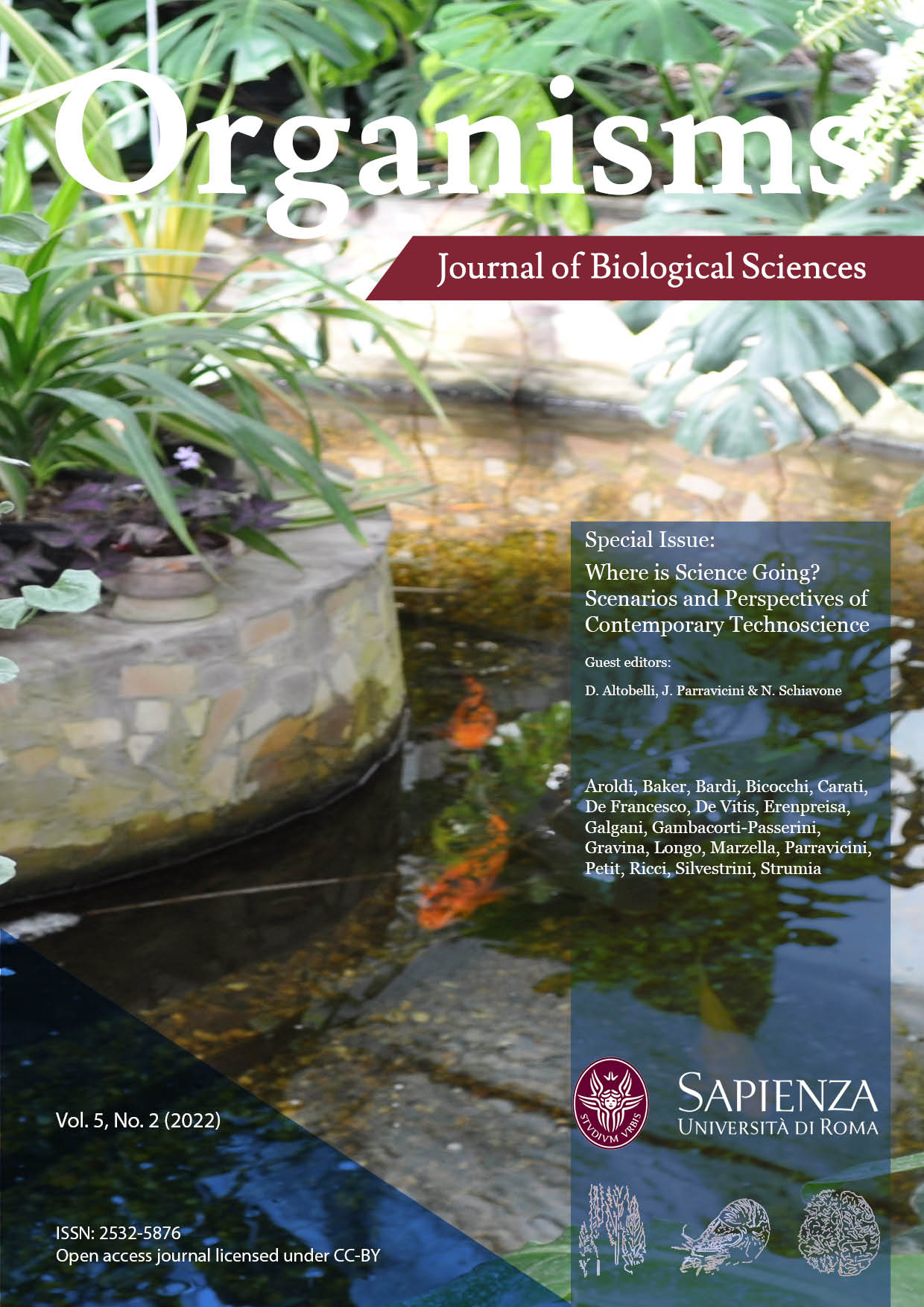The Synchronic Principle for a New Scientific Method
DOI:
https://doi.org/10.13133/2532-5876/17633Abstract
Local realism has been superseded by recent theoretical and experimental developments in quantum physics, which show a synchronic connection between the parts. In contrast to the principle of local realism, which is the basis of classical reductionism, I have called the principle of non-locality, “synchronic principle”. In a synchronic paradigm, evolution is characterized by a certain intrinsic freedom of choice that we associate with awareness. Considerations based on the evolution of the universe towards the emergence of life lead us to think that this “awareness” also exists in the vacuum state. In the model, I proposed a definition of the agents of consciousness in terms of arrays of correlated qu-bit, from the simplest one, which consists of 6 qu-bits of the quantum vacuum (a superposition of 64 base states), up to the most complex organisms consisting of a very large number of correlated quantum bits. Some of the fundamental vacuum states of consciousness can be related to known elementary particles (leptons and quarks) and to fundamental interactions. The rest constitutes purely non-local elements of consciousness with no counterpart in terms of wave or particle within the local observation limit. In this model, consciousness processes quantum information through logic gates and collapses as a result of observations, like a quantum computer does. Synchronicity does not deny the conclusions reached by traditional science. It can work at the local level, but opens scientific knowledge to new possibilities, and invites us to look at the world through a different, non-local awareness.
Downloads
Published
How to Cite
Issue
Section
License
Copyright (c) 2022 Paolo Silvestrini

This work is licensed under a Creative Commons Attribution 3.0 Unported License.
Copyright Agreement with Authors
Before publication, after the acceptance of the manuscript, authors have to sign a Publication Agreement with Organisms. The authors retain all rights to the original work without any restrictions.
License for Published Contents

You are free to copy, distribute and transmit the work, and to adapt the work. You must attribute the work in the manner specified by the author or licensor (but not in any way that suggests that they endorse you or your use of the work).





